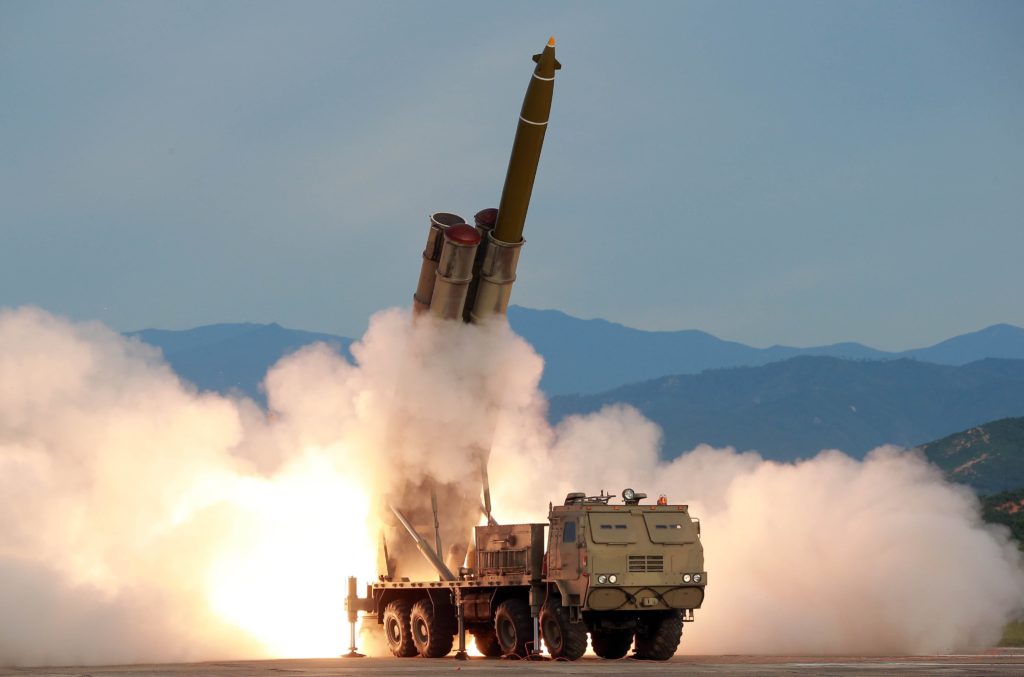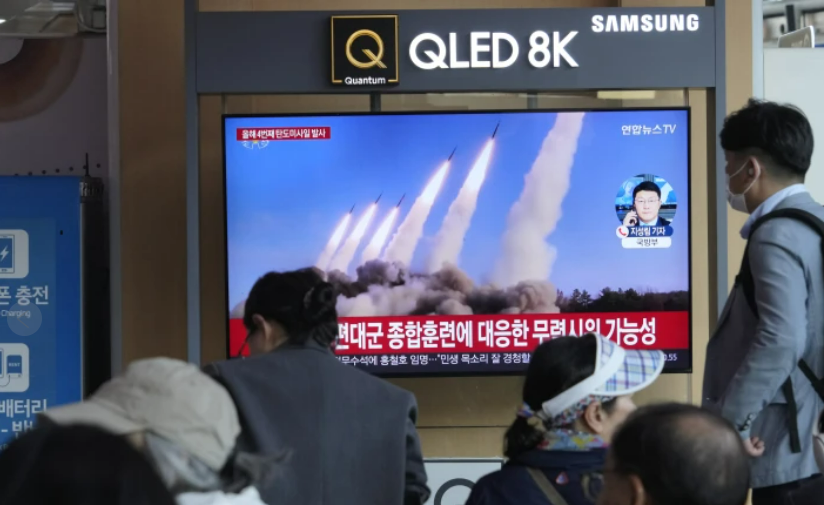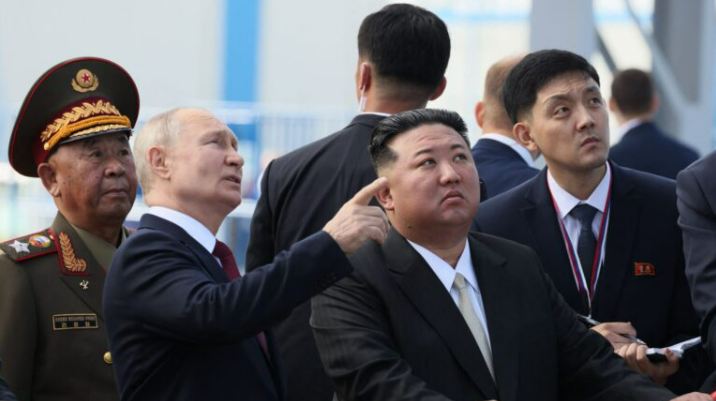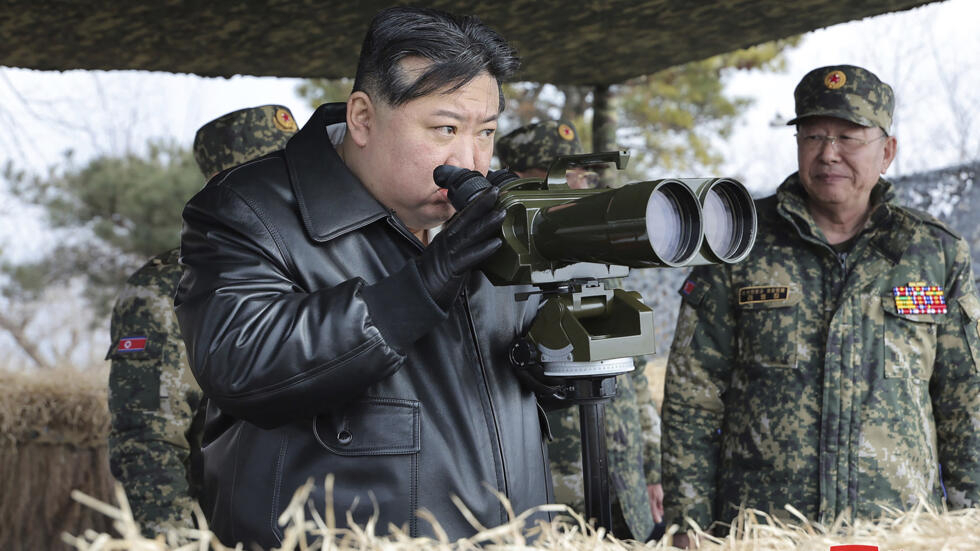On April 23, Reuters reported that North Korea had carried out its first-ever nuclear counterattack drill, as part of a larger measure to test the nation’s “nuclear trigger” warning system.

What Happened:
As a part of the drill, troops practiced maneuvering after a nuclear attack, and artillery units fired “dummy” nuclear warheads.
As part of North Korea’s nuclear doctrine, the military is authorized to launch preemptive nuclear strikes against enemies if the government is perceived as being under serious threat, according to NPR.
According to a translated announcement by the North Korean media outlet, Korea Central News Agency (KNCA), the purpose of the drill was to “demonstrate the reliability, superiority, might and diverse means of the Democratic People’s Republic of North Korea’s (DPRK) nuclear force and to strengthen the nuclear force both in quality and quantity”.
The KNCA also reported that the DPRK had been threatened by “hostile forces ceaseless military provocations to stifle the DPRK by force”.
This translation was completed by KNCAWatch, a website specializing in translating announcements by the KNCA.

Details on the System Itself:
As a part of this exercise, the KN-25 missile was used. The KN-25 is described by North Korean media as a “super-large Multiple Rocket Launcher System (MRLS)” according to United Press International. However, South Korea’s armed forces classify this system as a ballistic missile, although it technically blurs the lines between artillery pieces and ballistic missiles. The launched missiles hit an island-based target 218 miles (352 kilometers) away, according to NPR.
The diameter of the missile is 600mm and the estimated range of it is 248 miles (400km)
What Role Does Russia Play:
This comes as North Korea and Russia have recently engaged in a cooperative security relationship that includes technology sharing.
According to the White House’s top advisor for the Korean peninsula, Mira Rapp, Russia is helping provide “advanced technology” to the DPRK.
Mrs. Rapp also said that as “Russia continues to use DPRK weapons, the DPRK may become an increasingly attractive source for munitions, arms, and missiles to other military regimes throughout the world. So the transfer of sensitive military technology is certainly a concern”.
In short, the information provided by Russia is very likely helping the North Koreans upgrade their missile capabilities, among other military assets.
North Korea recently successfully launched a spy satellite with plans for numerous more, likely another benefitting factor from its relationship with Russia. Prior to its cooperative relationship with Russia, both of North Korea’s attempts at spy satellite launches had failed.

What’s Next:
Not only does this missile demonstration showcase North Korea’s newfound capabilities to its enemies, but it also makes North Korea an attractive arms supplier to numerous regimes. Nations and groups around the world who have been unable to afford advanced armaments thus far, now could be able to afford North Korean armaments enhanced with Russian technical assistance.
Second and third-hand Russian weapon systems could very likely spring up in warzone’s around the world, increasing their user’s threat projection and impact.
The drill and missile system increases North Korea’s ability to create deterrence, but the threat of a massive spread of advanced Russian technology is a serious bargaining chip.

